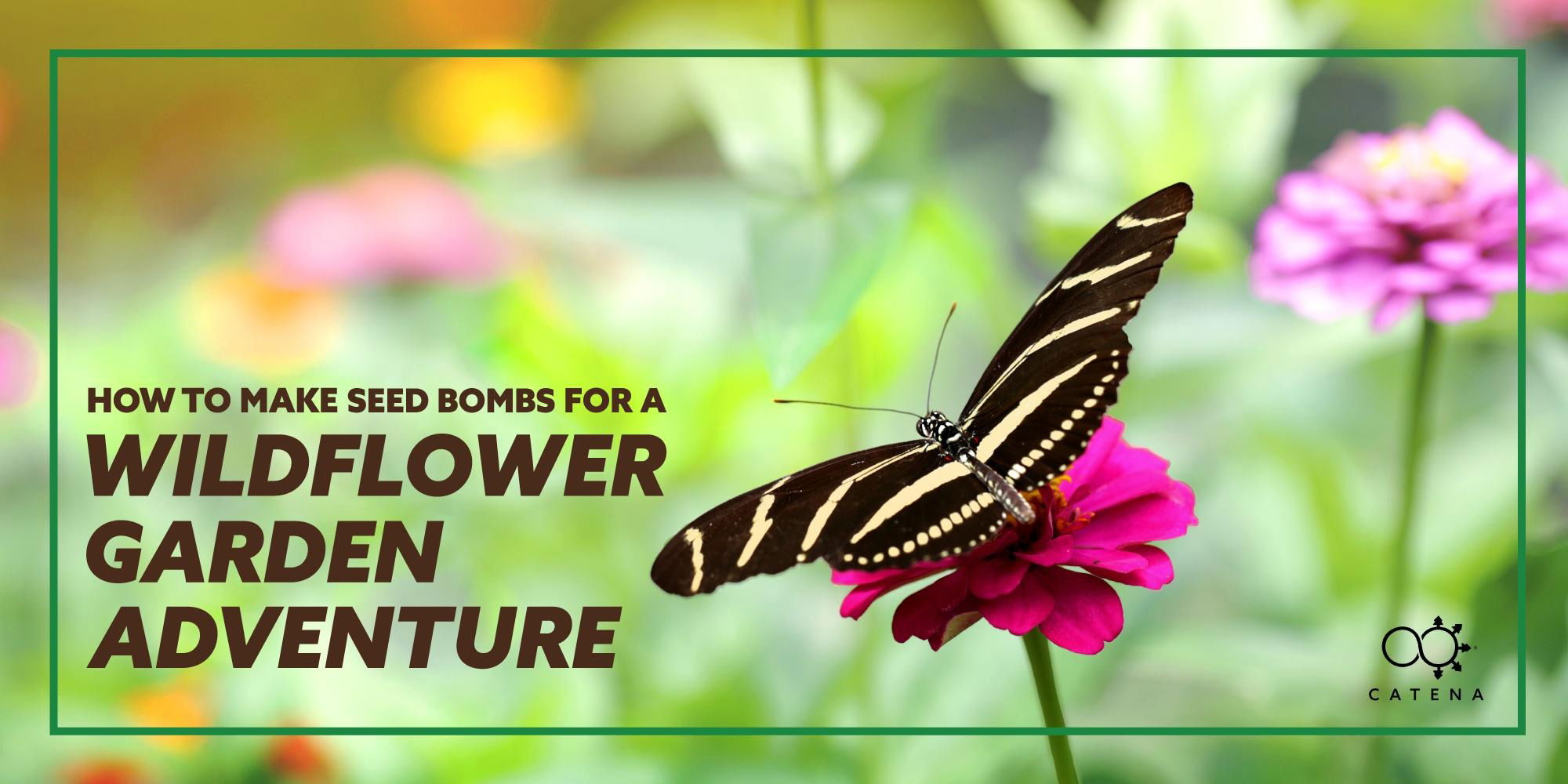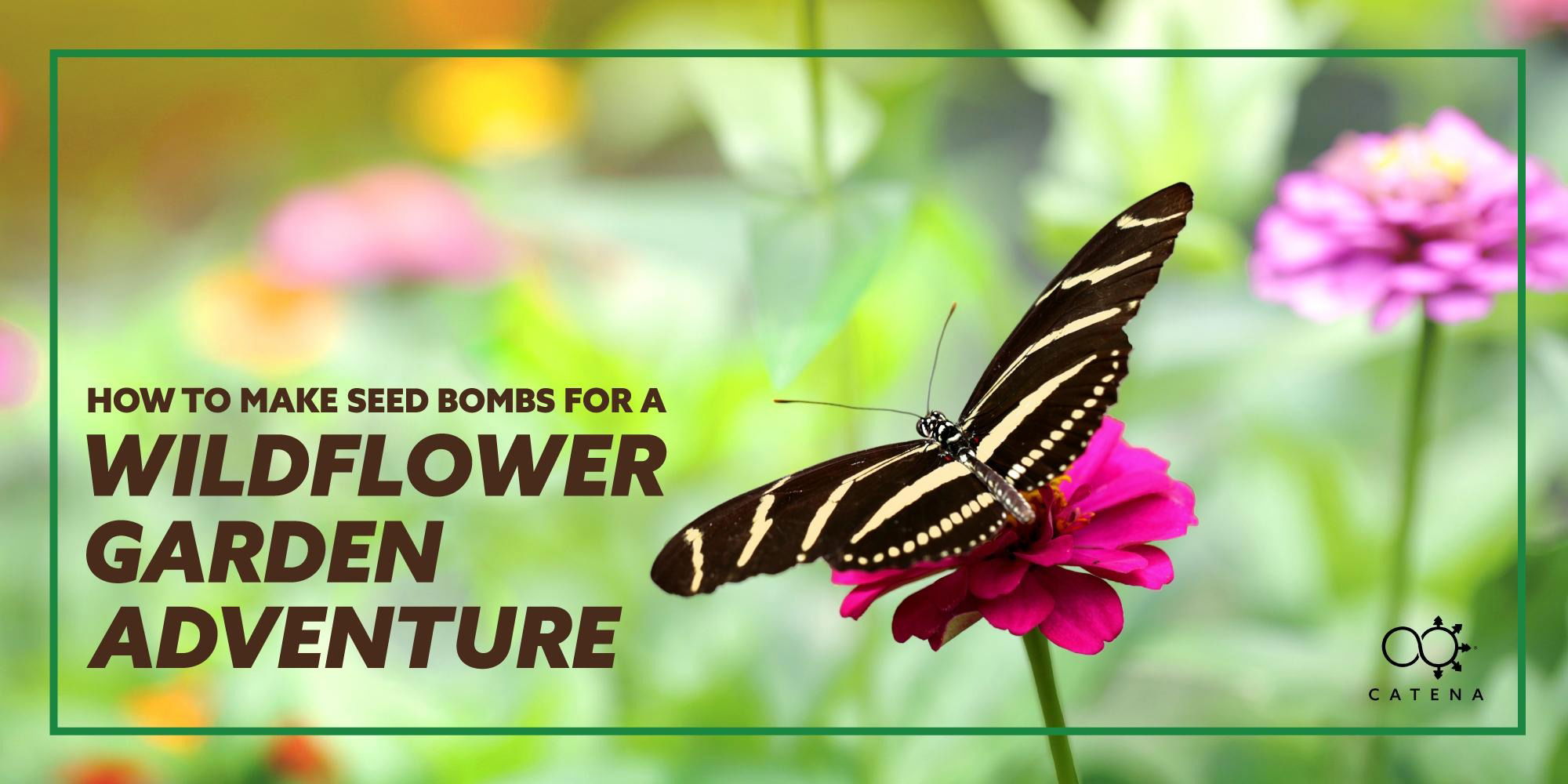How to Make Seed Bombs for a Wildflower Garden Adventure


Looking to add a burst of color and pollinator-friendly blooms to your yard, balcony, or local green space? Seed bombs are an easy, fun, and eco-friendly way to grow wildflowers—no fancy tools or green thumb required! Whether you're gardening with kids, gifting handmade bombs, or guerrilla gardening, seed bombs make planting an adventure.
In this guide, we’ll show you how to make seed bombs at home, the best wildflower seeds to use, and how to boost their growth using natural fertilizers like Catena-Grow’s Fertilizer Line!
What Are Seed Bombs?
Seed bombs are small, soil-packed balls made from clay, compost, and seeds. When tossed or planted, the clay protects the seeds from birds and pests, while the compost gives them the nutrients they need to sprout when it rains.They’re great for:
- Creating wildflower patches in hard-to-reach areas
- Helping bees, butterflies, and other pollinators
- Teaching kids about gardening
- Reclaiming bare or neglected spaces
What You’ll Need
You can make 10–15 seed bombs with the following:
- 1 cup of dry clay (natural or air-dry clay works best)
- 1 cup of compost or potting soil
- 1–2 packets of native wildflower seeds (pollinator mixes work well)
- Water (enough to make the mixture pliable)
- A tray or cardboard for drying
- Optional: Catena-Grow’s Growth Maximizer Fertilizer Powder to boost soil nutrients
How to Make Seed Bombs (Step-by-Step)
1. Mix the Dry Ingredients
In a bowl, combine:
- 1 part clay
- 1 part compost
- A sprinkle of Growth Maximizer Fertilizer Powder if desired for a nutrient boost
Mix thoroughly to ensure the seeds and nutrients are evenly distributed.
2. Add Seeds
Add 1–2 teaspoons of wildflower seeds and gently stir them into the mix. Choose flowers native to your area—these are better for the environment and require less maintenance.
3. Add Water
Slowly add water and knead the mixture until it forms a dough-like consistency. Be careful not to overdo it—the mixture should be damp, not soggy.
4. Form the Bombs
Roll the mixture into small balls, about the size of a marble. Set them on a tray or cardboard to dry.
5. Let Them Dry
Let the seed bombs dry for 24–48 hours in a cool, dry place. Once hardened, they’re ready to plant or toss!
How to Use Seed Bombs
You can toss them in a garden bed, vacant lot, roadside verge, or any spot with loose soil and access to sunlight. For best results:
- Plant before a stretch of rainy days
- Press lightly into the soil so they stay in place
- Use Catena-Grow’s Growth Maximizer Liquid to water the area once planted, encouraging faster root growth
- Follow up with Bloom Booster Fertilizer Powder as flowers begin to emerge for stronger, longer-lasting blooms
Best Wildflowers for Seed Bombs
Here are some low-maintenance wildflowers perfect for your project:
- Black-eyed Susans
- Coneflowers
- California Poppies
- Cosmos
- Bee Balm
- Milkweed (great for Monarchs!)
- Coreopsis
- Bachelor’s Buttons
Choose seeds based on your climate zone and the native pollinators you want to attract.
Final Tips for Seed Bomb Success
- Avoid invasive species: Always choose native or well-behaved wildflowers.
- Dry thoroughly before storing or planting.
- Store in a cool, dry place until ready to use.
- Get kids involved: This is a fun, sensory project that teaches about nature, responsibility, and sustainability.
Make Gardening an Adventure 🌿
Creating seed bombs is more than just a craft—it's a simple way to give back to nature. Whether you're filling your backyard with blooms or creating a haven for bees, these little bombs pack a powerful punch. Want to give your wildflowers a head start? Try out products from Catena-Grow’s Fertilizer Line during your next planting session for better root development and vibrant results.
Happy blooming! And don’t forget—gardening doesn’t have to be complicated to be beautiful.